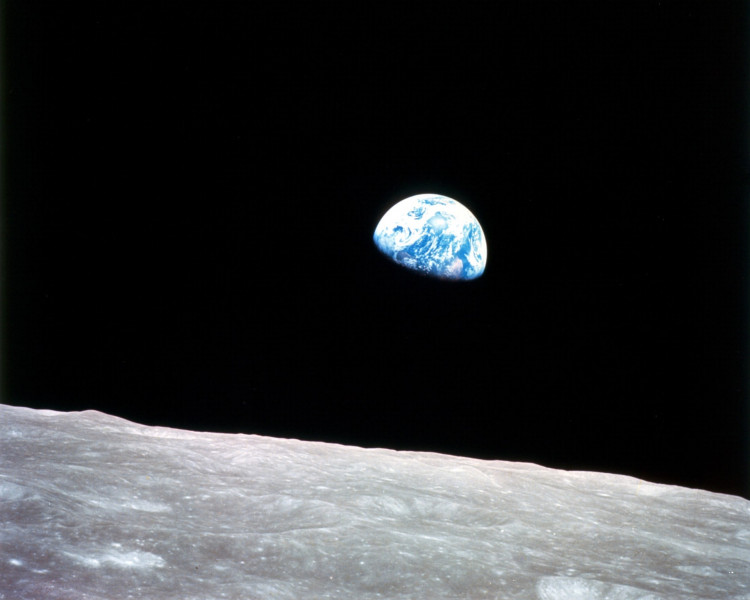The U.S. military is ready to turn the next step in developing a nuclear rocket to assist in monitoring Earth-moon space, an area that has been designated as a high strategic priority.
The Department of Defense wants to deploy spacecraft in cislunar space-the region between Earth's orbit and the orbit of the moon-with the thrust and agility that only nuclear thermal propulsion (NTP) can provide.
The Defense Advanced Research Projects Agency (DARPA) is looking to private industry for the design, development, fabrication, assembly, and testing of a nuclear thermal rocket engine powered by high-assay low-enriched uranium fuel to heat a liquid hydrogen propellant through its Demonstration Rocket for Agile Cislunar Operations (DRACO) program.
DRACO's Phase 1 awards, announced in April 2021, went to General Atomics for a preliminary design of the reactor and Blue Origin and Lockheed Martin for a conceptual design of the in-orbit demonstration system, with work expected to be completed in October 2022.
On May 4, DARPA issued a solicitation for Phases 2 and 3, which are expected to take three to four years and culminate in an in-space NTP flight demonstration in the fiscal year 2026.
The proposals will help DARPA's Demonstration Rocket for Agile Cislunar Operations (DRACO) program develop a nuclear thermal propulsion (NTP) system for use in Earth-moon space. DRACO is part of a larger push by the US military to keep a watch on cislunar (Earth-moon) space as government and commercial activity expands in this sector over the next decade.
General Atomics' Track A included the working prototype of a nuclear thermal propulsion reactor as well as a propulsion subsystem. Track B, pursued independently by Blue Origin and Lockheed Martin, sought to develop an "operational system spacecraft concept" to meet future mission objectives, including a demonstration system.
DARPA also granted a $14 million task order for DRACO to Gryphon Technologies, a Washington, D.C.-based company, in September 2020. that provides national security organizations with engineering and technical solutions
NASA is also interested in nuclear thermal propulsion because it has the potential to get missions to Mars in half the time that current propulsion systems allow. NASA's fiscal 2023 budget request, which has yet to be approved by Congress, includes $15 million for nuclear propulsion support.
NASA partnered on flight demo projects "with subject matter expertise, fuel testing, and turbine machinery design" in the previous fiscal year, according to the agency's DRACO work.
Notably, for the fiscal year 2022, the U.S. according to the American Institute of Physics, the House of Representatives allocated $110 million to nuclear thermal propulsion, "rejecting the Biden administration's proposal to refocus NASA's efforts on developing a nuclear reactor that could power crewed bases on the moon and eventually Mars."






